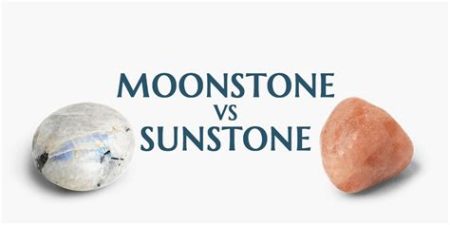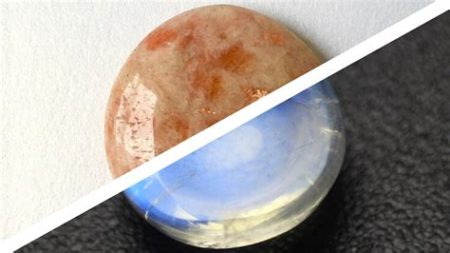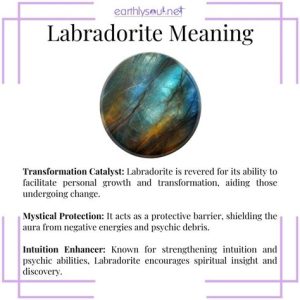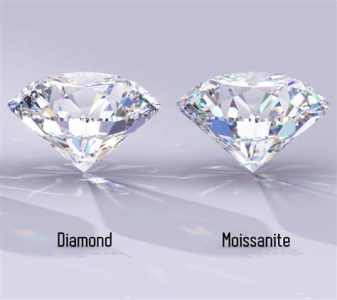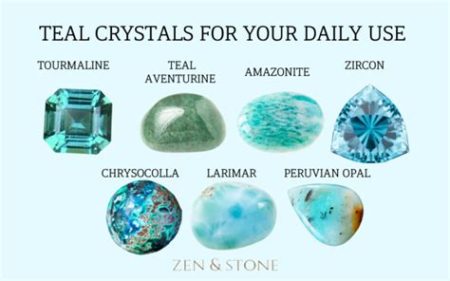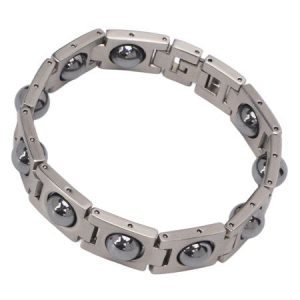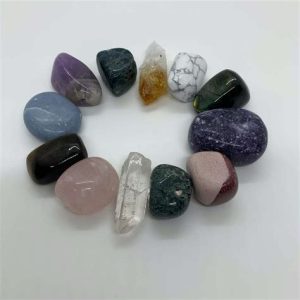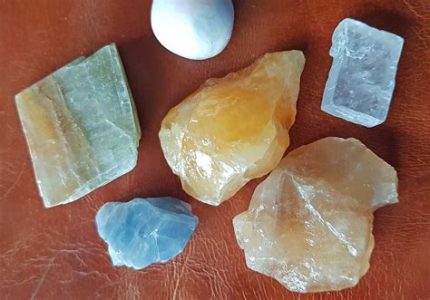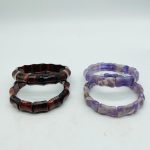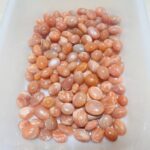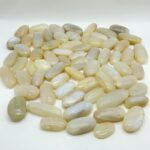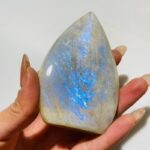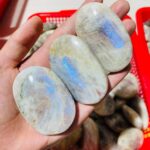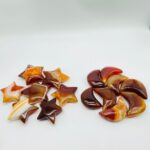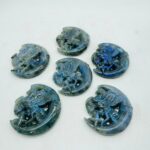Introduction
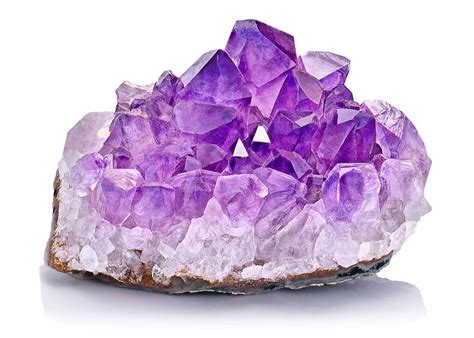
Nature’s abundant mineral kingdom holds a treasure trove of wonders, each with its unique properties and applications. Among these, white aragonite and calcite stand out as versatile and exceptional materials with captivating characteristics.
Defining White Aragonite
White aragonite, a naturally occurring mineral composed primarily of calcium carbonate (CaCO₃), is renowned for its dazzling white coloration and exceptional hardness. Its crystalline structure, characterized by a hexagonal prism, distinguishes it from other forms of calcium carbonate minerals.
Distinctive Properties
- Hardness: White aragonite boasts a Mohs scale hardness of 3.5-4, making it harder than calcite (3) but softer than quartz (7).
- Crystalline Structure: Its hexagonal prism crystalline structure exhibits a distinct cleavage pattern, unlike calcite’s rhombohedral cleavage.
- Solubility: White aragonite exhibits a higher solubility in water compared to calcite, contributing to its unique weathering patterns.
- Molecular Arrangement: The arrangement of carbonate ions and calcium ions differs in white aragonite compared to calcite, resulting in distinct physical and chemical properties.
Comparison with Calcite
1. Hardness and Durability:
White aragonite surpasses calcite in hardness, making it more resistant to scratching and abrasion. However, its higher solubility in water renders it less durable in moist environments compared to calcite.
2. Crystalline Structure and Appearance:
White aragonite’s hexagonal prism structure differs from calcite’s rhombohedral structure, leading to varying cleavage patterns and distinct aesthetic qualities.
3. Thermal Stability:
Calcite exhibits higher thermal stability compared to white aragonite. While calcite remains stable at temperatures up to 842°C (1548°F), white aragonite transforms into calcite at approximately 470°C (878°F).
Applications
- Ornamental and Decorative Uses:
Both white aragonite and calcite are utilized in jewelry, decorative objects, and architectural elements due to their aesthetic appeal and durability.
- Industrial Applications:
White aragonite finds applications in cement production, fertilizer manufacturing, and papermaking. Calcite is widely used in the construction industry, glassmaking, and as a flux in metallurgy.
- Scientific Research:
White aragonite serves as a valuable material in paleontology and geology, providing insights into ancient environments and geological processes.
Tips and Tricks
- Identifying White Aragonite:
Look for its white coloration, hardness, and hexagonal prism structure.
- Preserving White Aragonite:
Minimize exposure to moisture to prevent dissolution and preserve its integrity.
- Cleaning White Aragonite:
Use mild cleaning agents and avoid harsh chemicals to avoid damage to the mineral’s surface.
Market Insights
- Global Market Size:
The global market for white aragonite is estimated to reach approximately $2.5 billion by 2025, driven by its increasing demand in various industries.
- Key Market Drivers:
Growing demand for decorative materials, fertilizers, and cement production are प्रमुख factors contributing to the market’s growth.
- Future Trends:
Research and development efforts are underway to explore innovative applications for white aragonite, such as in biomedical devices and energy storage.
Conclusion
White aragonite and calcite are extraordinary minerals with distinct properties and applications. Understanding their similarities and differences allows for informed decision-making in various fields. By harnessing the power of these versatile natural resources, we can unlock numerous possibilities for advancement and innovation.
Additional Information
| Property | White Aragonite | Calcite |
|---|---|---|
| Hardness (Mohs scale) | 3.5-4 | 3 |
| Crystalline Structure | Hexagonal prism | Rhombohedral |
| Solubility in water | Higher | Lower |
| Thermal Stability | Transforms at 470°C (878°F) | Stable up to 842°C (1548°F) |
| Color | White | Variable (e.g., colorless, white, yellow, pink) |
| Cleavage | Perfect (hexagonal) | Perfect (rhombohedral) |
| Density | 2.95 g/cm³ | 2.71 g/cm³ |
Table 1: Physical Properties Comparison
| Application | White Aragonite | Calcite |
|---|---|---|
| Jewelry | Yes | Yes |
| Decorative objects | Yes | Yes |
| Architectural elements | Yes | Yes |
| Cement production | Yes | Yes |
| Fertilizer manufacturing | Yes | No |
| Papermaking | Yes | No |
| Glassmaking | No | Yes |
| Flux in metallurgy | No | Yes |
| Paleontology | Yes | Yes |
| Geology | Yes | Yes |
Table 2: Applications Comparison
| Property | Advantage of White Aragonite | Advantage of Calcite |
|---|---|---|
| Hardness | More resistant to scratching and abrasion | Less susceptible to dissolution in water |
| Crystalline Structure | Distinct cleavage pattern for unique aesthetics | Higher thermal stability |
| Solubility | Relevant for specific applications in water-rich environments | Less reactive in moist conditions |
Table 3: Advantages Comparison
| Tip | Purpose |
|---|---|
| Identify using white coloration, hardness, and hexagonal structure | Ensure accurate identification |
| Minimize moisture exposure | Preserve integrity and prevent dissolution |
| Use mild cleaning agents | Avoid damage to the mineral’s surface |
Table 4: Tips for Handling and Care

